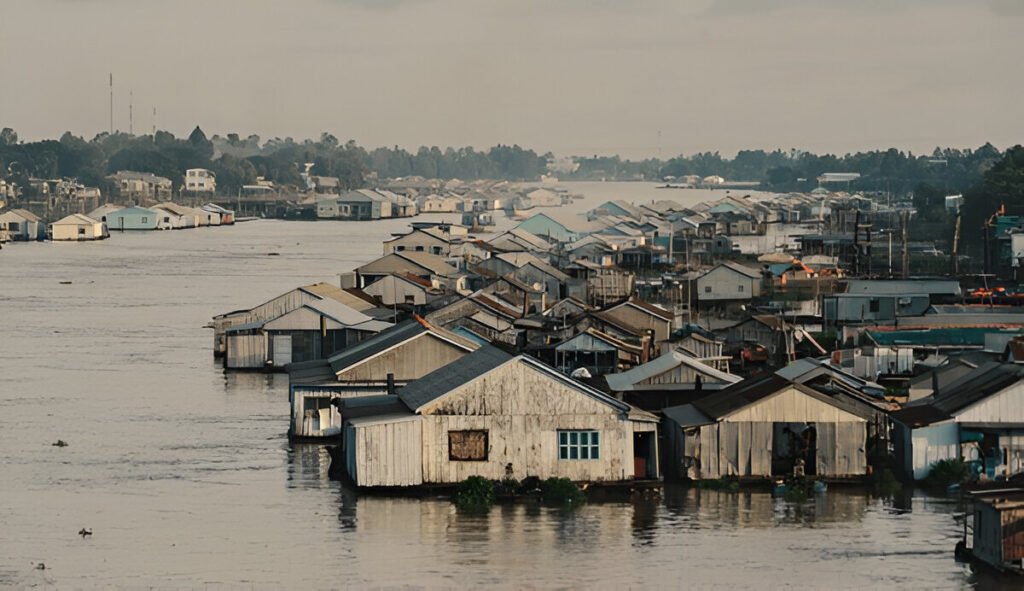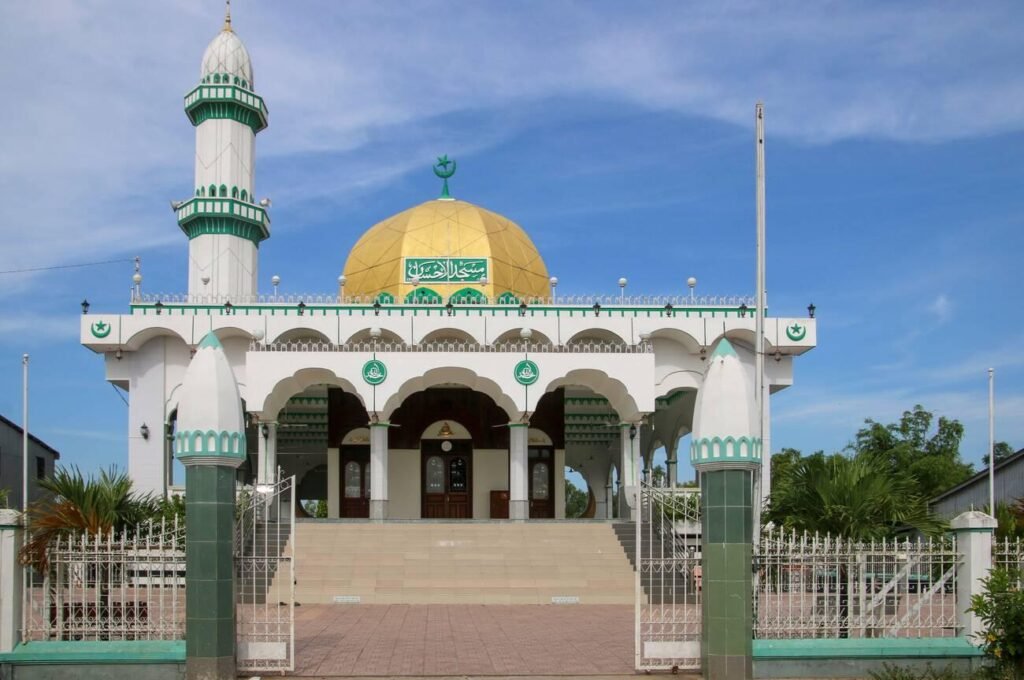Introduction:
In the remote corners of northwestern Cambodia, a hidden gem from the ancient Khmer empire awaits the intrepid explorer. Banteay Chhmar, aptly known as the "forgotten temple", is a must-see destination for ardent lovers of history, culture, and architecture. Slightly off the beaten path, this less-explored monument holds its own against the famous Angkor Wat, offering an immersive journey into Cambodia’s glorious past, with fewer crowds.
Unveiling the Mysteries of Banteay Chhmar: Cambodia’s Hidden Gem
Lost in the dense jungle and encroached by massive banyan trees, Banteay Chhmar stands as a silent testament to the artistic and architectural prowess of the Khmer empire. Though partially ruined, its intricate bas-reliefs narrating tales of ancient battles and myths continue to enthrall visitors. One of the largest and most enigmatic Khmer temples, Banteay Chhmar is especially notable for its Bayon-style towers, each bearing the enigmatic faces seen at the Bayon temple in Angkor.
Local communities embrace the temple not just as a symbol of national heritage but as an integral part of their culture and everyday life. The temple site and its surroundings are steeped in traditional practices, customs, and myths. Visiting Banteay Chhmar offers a unique opportunity to engage with local communities and gain insights into their way of life, traditions, and the enduring legacy of the Khmer empire.
Exploring Banteay Chhmar: A Journey Back to Cambodia’s Glorious Past
Visitors to Banteay Chhmar can enjoy the serene environment while deciphering the complex bas-reliefs that depict scenes from Hindu mythology and historical events. Exploring the temple complex at dawn or dusk offers a magical experience, when the golden rays of the sun illuminate the ancient stones, casting dramatic shadows. The less trodden paths leading to the satellite temples nestled in the surrounding jungle provide a sense of adventure and discovery.
Guided tours are available, offering in-depth knowledge about the temple’s history and architectural significance. The nearby community-based tourism (CBT) site offers traditional performances, allowing visitors to immerse themselves in local arts and culture. Participating in a cooking class or a handicraft workshop is another way to engage with local communities and learn about traditional Khmer crafts and culinary practices.
Local Tips:
The best time to visit Banteay Chhmar is during the dry season, from November to March. Dress respectfully, covering your shoulders and knees. It’s also advisable to wear sturdy shoes for walking on uneven terrain. Don’t forget to carry plenty of water, sunblock, and insect repellent. While English is not widely spoken, local people are friendly and welcoming. Learning a few basic Khmer phrases can enhance your visit.
How to Get There:
Banteay Chhmar is accessible by road from Siem Reap or Battambang. It’s a three to four-hour journey by car or motorbike, letting you enjoy the scenic Cambodian countryside. Organized tours are available from major cities that include transportation, guides, and sometimes meals.
Nearby Attractions:
On your return journey, consider visiting the town of Sisophon, known for its bustling markets and local food scene. Don’t miss the ancient temple of Banteay Top, located about 12 kilometers southeast of Banteay Chhmar.
Conclusion:
Banteay Chhmar offers a unique blend of breathtaking architecture, engaging history, and vibrant culture. Walking through the temple’s ruins, engulfed by the Cambodian jungle, is like stepping back in time, immersing oneself in the grandeur of the ancient Khmer empire. This “forgotten temple” provides a serene and enriching experience, far from the madding crowd. If you want a deeper connection with Cambodia’s rich past and dynamic present, a visit to Banteay Chhmar is unmissable.






